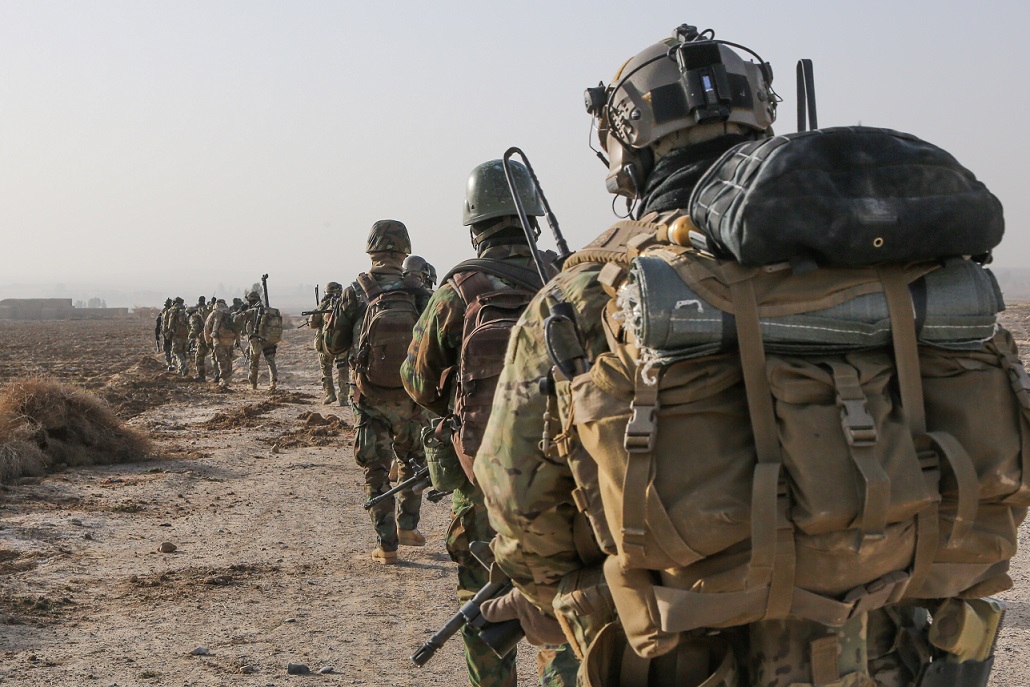
This post is also available in:
 עברית (Hebrew)
עברית (Hebrew)
While in the past two decades, US special operations forces have played a key role in places like Afghanistan and Iraq, bigger potential adversaries such as China and Russia actually means a smaller special forces footprint in the field.
Special Operations Command will need new capabilities in the electromagnetic spectrum, new highly autonomous small drones for reconnaissance and strike, new night vision, and small computers. In fact, special operators themselves will also need to become more technologically competent as they face more high-tech adversaries.
“The operating environment of the last 20 years has been fairly dependent on main operating bases where there’s been this established support infrastructure in place,” Lt. Gen. Francis Beaudette, the commander of Army Special Operations Command, said. That large support infrastructure may not exist in the future. Special Operations will have to find a way to get lighter and leaner and more self-sufficient in their ability to operate.
For instance, operators will no longer be able to count on the quick availability of strike aircraft for close-air support. The force is moving toward new types of kamikaze drones that can be launched from the ground.
At ground level, SOCOM is looking to develop small drones for individuals and units that operate autonomously and send the operator visual intelligence with little operator feedback, instead of requiring operators to look down to handheld devices to steer.
The force is also moving away from traditional night-vision to new capabilities that perceive heat as well as objects, and display everything digitally.
Perhaps the most pressing need is in the realm of electromagnetic warfare, an area where the United States hasn’t kept pace with China or Russia.
Operators will also need to have much better technical understanding of the spectrum, as well as cybersecurity and offensive and defensive cyber operations.

























